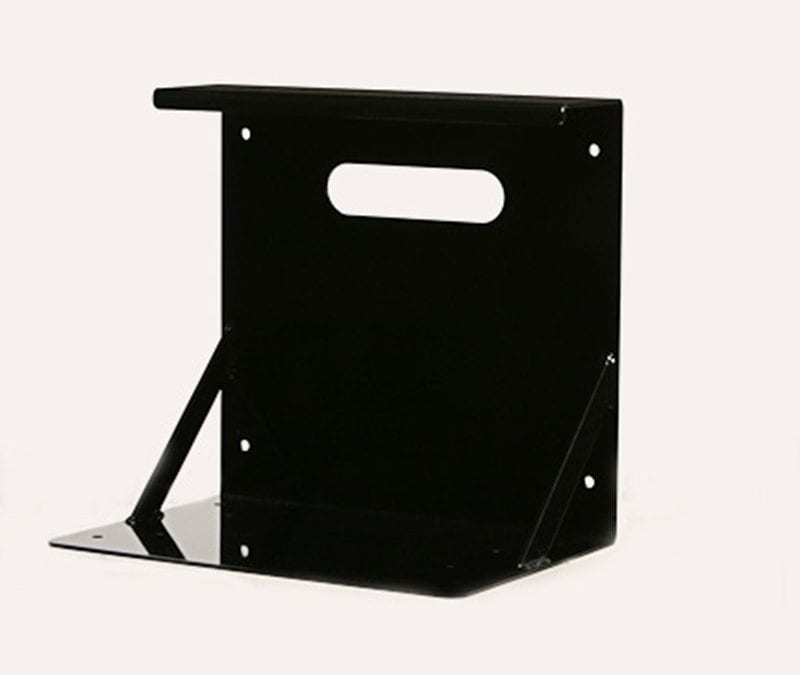Metal stamping is a very common manufacturing process used to shape metal. You see its products in use every day. Take a look around – do you see any items that have been shaped out of flat metal? These items have been made using metal stamping! This type of manufacturing process is commonly used for the automotive industry, aerospace, home improvement, and more.
What is Metal Stamping?
Metal stamping is a type of manufacturing process that is used to turn metal sheets or stock into distinct metal shapes. Within the industry, there are several techniques that are used to create the parts. For this article, we are going to focus on two of these techniques: progressive stamping and short run metal stamping.
Each type uses a combination of pressure and sharp tools to cut parts from sheet metal, add textures or other marks to metal, or creates cutouts from metal. These techniques are used to transform metal sheets into two- and three-dimensional parts.
Progressive Stamping vs Short Run Stamping
While these two processes are both used to create products or parts from sheet metal, they use very different processes to do so.
Progressive Stamping
Progressive metal stamping is used when a customer needs a higher volume of parts. Though it’s one of the most common stamping processes, it’s not the best for every application.
Progressive, or “long run”, stamping works by coils of material being fed into a punch-press. The material continues down the line, resulting in a completed part and a piece of scrap at the end.
Progressive stamping is a great choice for customers looking for a lower priced alternative when large volumes are required. However, it is often the more expensive option if filling small or mid-sized orders. When it comes to cost for this type of machining, it’s in the tens of thousands, so this is a big consideration when seeking these types of services.
Short Run Stamping
If you need low to mid-volume metal parts manufactured, you should check into short run stamping. This process uses die inserts, “stock” tools, and other custom-created tooling components to make parts. Technicians use these items to pass the metal through multiple one-hit stations.
Short run stamping begins with a flat piece being created. During the second step, all slots and interior holes are installed. Next, the part is shaped to give it bends or three-dimensional aspects, if required. Then, tapping or drilling operations are completed before finally reaching the station where coating, paint, or plating are added.
Benefits of Short Run Stamping
Both of these processes have their benefits, depending on what you need. However, short run stamping offers the following benefits over long-run stamping:
- Lower upfront costs
- No hidden fees
- Shorter lead times
- Decreased project costs
Are you in the market for short run stamping services? Contact Fox Valley Stamping today! We’ve been in business since 1965, and are leaders in the industry for custom-made, high-quality short run metal stampings.
Read next: What is Metal Fabrication?




 847.741.2277
847.741.2277
